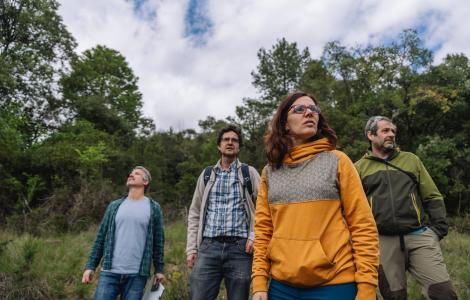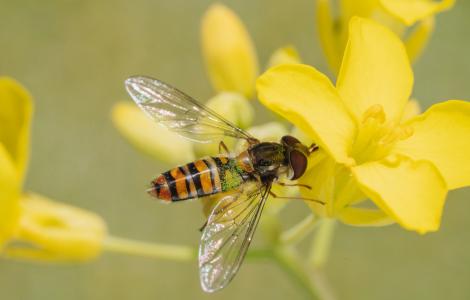The rather curious case of Torres del Paine is, as Iranzo puts it, “a prime example of how food chains function in nature”. Historically, Patagonia was home to numerous herds of guanacos, camelids whose domestication gave rise to llamas. Pumas preyed on the guanacos, and the two species lived in ecological balance. That balance was shattered in the late 19th century, when European colonists arrived and introduced a new prey species: sheep.
Sheep populations subsequently grew to serve human needs. Local inhabitants heavily hunted the native pumas (to reduce the risk of attacks) and guanacos (to prevent them eating the pasture earmarked for sheep), throwing the region’s trophic relationships out of kilter. Consequently, in 1959, the Chilean authorities declared Torres del Paine a national park and prohibited the hunting of pumas and guanacos within its boundaries. This allowed their populations to recover and expand beyond the protected area, sparking the current social conflict.
Referenced article:
Iranzo, E. C., Ohrens, O., Mata, C., Traba, J., Acebes, P., González, B. A., ... & Malo, J. E. (2025). More pumas (Puma concolor) does not change perceptions: The mismatched response of ranchers to the presence of a top carnivore. People and Nature. https://doi.org/10.1002/pan3.70018







